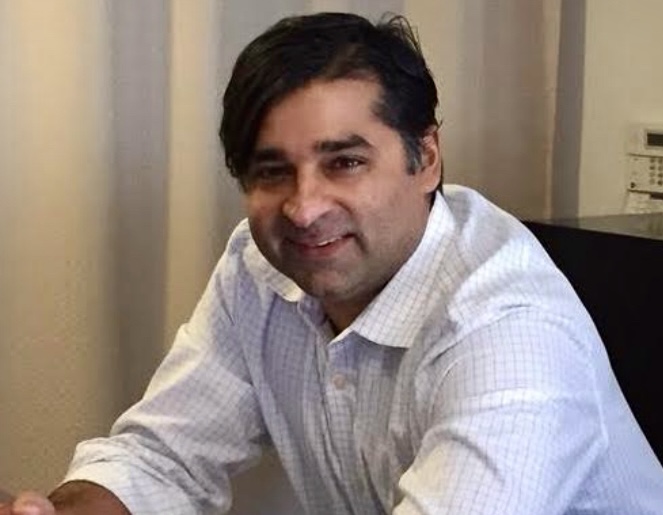Sam Morjaria, DPT, owner of Park North Physical Therapy at 2804 Broadway doesn’t want to bash social media, but he said that there’s plenty to suggest, anecdotally, that the images of young sports heroes who earn hundreds of thousands or millions of dollars is extraordinary. More specifically, Morjaria noted, “Research shows 44 NBA players will make $30[million]+ in 2023 versus the 36 CEOs that made $30[million] in 2022.” Information like this can’t help but make a stunning impression on young students who love sports. “It resonates especially if their talent at, say, soccer, gymnastics, basketball, or baseball has been acknowledged by coaches at school. The idea follows that if they diligently push themselves and even accept pain as a matter of course, a college scholarship and a career as an athlete may be in the offering. Parents often buy into this dream, too. They, too, may feel that injury undermines chances of future success.
Also, Morjaria explained that “kids are taught by their coaches to be good teammates. Kids can feel [that] by not playing; they are letting their teammates down and thus push through injuries.”
He said injuries are caused by solo training, not only in the course of team sports. “Bad habits begin when adolescents start poor weight lifting. Guidance is needed before starting weight training. Adolescents shouldn’t just start using any machine they have access to. They need to know what muscles they are working and why.”
Delay in going to a physical therapist may be attributable to the young athlete or to their parents, who do not know the extent of the injury or the possible repercussions of leaving it untreated. Morjaria said, “A quick and simple way to monitor an injury or pain in an adolescent is to ask them daily, ‘How much pain were you in today from a grade of 0 to 10? 0 being no pain and ten being absolutely excruciating where I need to go to the ER now!’ Don’t give them too much time to think about it. The first response is usually the correct one. Keep a log of the pain level. If it goes consistently down, e.g. last week it was a 6, yesterday a 4, and today a 3, it generally means their natural healing process is taking course and they will probably be fine. If the pain level gets worse or is erratic (one day a 7, then a 5, it should be looked at. Anything over a 5 out of 10 should be watched closely.”
“Adolescents don’t usually make the decision but wait for their parents to decide to take the next step in their injuries,” Morjaria said. Moreover, “Young people have an amazing ability to heal quickly, which can be a blessing and a curse. Sometimes, they assume the injury will just go away, which is likely but not always. I say if the injury lasts more than two weeks, it needs to be addressed.”
Morjaria explained another part of the equation. He talked about pain as an indication of a problem that has to be treated after determining its cause. He said, for example, if a field hockey player’s knee gives out because another player falls over them, the problem and treatment are very different from what happens if the knee gives out on its own. Either way, giving injuries time to heal is not something embraced by most young athletes. Even when prescribed, telling friends, “I need to go to therapy,” is awkward. So, being mentally on board with giving the injury time to heal (which could be months if a surgery is needed) is a serious challenge to a young person who may feel their identity and dreams are being undermined.
Morjaria’s family moved from place to place because of his father’s job. “I went to high school in Brookline, MA. My dad was a nuclear engineer but became disabled when I was ten. I moved to NYC in 1998 and have been here ever since.”
While in high school, as a player on the rugby team, he watched as the team captain was injured and hobbled off the field. Then, ten minutes later, he returned to play. Now, many years later, Mojaria said that in returning to the field, the athlete made his injury worse. Morjaria said he and his team are committed to treating young patients with sensitivity with regard to the angst the injury may be causing them to experience. “We try to make it as fun as possible. High-tech virtual reality systems are among other modalities that make physical therapy more appealing to adolescents and teens.

 By
By